c++
by Ahmed ALBAY


1. features
1.1. Simple
1.2. High-level programming language
1.3. Popular
1.4. Compiler-Based
1.5. Case sensitive.
1.6. OOP (Object-Oriented Programming)
1.7. Platform or Machine Independent/ Portable
1.8. DMA (Dynamic Memory Allocation)
1.9. Existence of Libraries
1.10. Speed
2. Application
2.1. Graphical User Interface
2.2. Operating Systems
2.3. Web Browsers
2.4. Database Management System
2.5. Libraries
2.6. Job Opportunities
2.7. Cloud Computing and Distributed Applications
3. Advantages and Disadvantages of C++
3.1. Advantages
3.1.1. Portability
3.1.2. Object-oriented
3.1.3. Multi-paradigm
3.2. Disadvantages
3.2.1. Use of Pointers
3.2.2. Security Issue
3.2.3. Absence of Garbage Collector
4. Class and Object
4.1. Significance of class in C++
4.2. Syntax of a class
4.3. Creating reference of class members
4.4. Array within a class
4.5. Types of objects in C++
4.6. Types of class functions
5. program structure
5.1. sequence
5.1.1. cout statements
5.2. loop
5.2.1. do while statement
5.2.2. while statement
5.2.3. for statement
5.3. selection
5.3.1. if statement
5.4. subprogram
5.4.1. main function
5.4.2. cube function
5.4.3. square function
6. Types of constructor
6.1. default constructor
6.2. parametrized constructor
6.3. copy constructor
6.4. constructor with default arguments
6.5. overloaded constructor
7. Virtual Function
7.1. Rules
7.2. Significance
7.3. Example
8. Inline Function
8.1. Advantages
8.2. Limitations
8.3. implementation
9. Friend functions
9.1. Syntax
9.1.1. Declaration
9.1.2. Definition
9.2. Implementation
9.2.1. 1. Implementation through a method of another class
9.2.2. Implementation through Global Friends
9.3. Characteristics
10. Vector
10.1. Example
10.2. Importance
10.3. Data Manipulation Operations
10.4. Functions Correlated
11. Interfaces
11.1. Pure Virtual Functions
11.2. Importance of Interfaces
11.3. Rules Associated with Interfaces
12. Tokens
12.1. Character Set
12.2. Keywords
12.3. Constants
12.4. Strings
12.5. Special Symbols
12.6. Operators
13. Template
13.1. Importance
13.2. Types of Template
13.2.1. Function Templates
13.2.2. Class Templates
